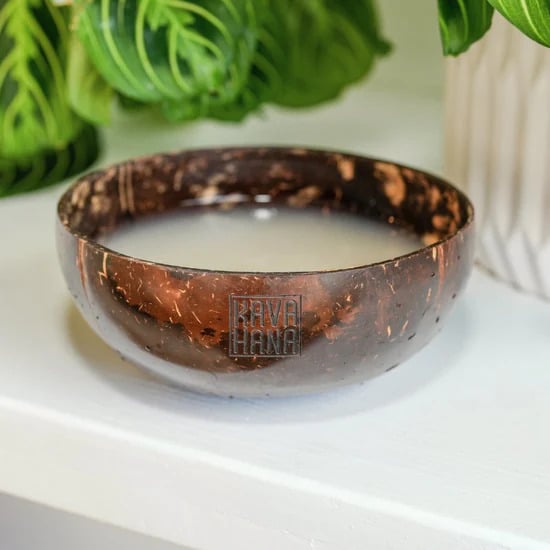Calling all Athletes!
If you’re into sports or even just trying to stay active, you’re likely always looking for ways to help support your health and performance. Electrolyte drinks and other supplements can both help your body recover and support your energy. Many athletes prefer natural approaches to recovery as they tend to have fewer side effects, and kava in sports is emerging as such a plant.
Kava is a plant that grows in the Pacific Islands. Its roots have been used for centuries in traditional ceremonies and medicinally to treat different health conditions. It’s also used socially to build connections and camaraderie between communities and friends. It’s most well known for its relaxing and calming effects, sometimes even giving drinkers feelings of bliss. Kava in sports, however, is a newer idea.
Kava in sports: how it works
Kava’s calming properties may make it helpful for athletes. After a workout, especially a more strenuous one, your muscles need time to repair. The muscle fibers can only regenerate when you’re resting. It appears that kava’s relaxing effects on your muscles may make it easier for you to stretch out and relax after a workout, leading to a better recovery.
Sleep is also critical to the recovery process. Kava’s active ingredients, called kavalactones, can help put us into a relaxing state to promote sleep. Certain types of kava are even taken at night due to their calming properties. Getting solid sleep is essential for not only our physical well-being but also our mental well-being.
Kava in the NFL
There have even been reports of NFL players using kava after games. In 2014, New England Patriots owner Robert Kraft was in the locker room to find a group of players hanging out and sharing bowls of kava. He said that the bond he saw between these players was something different than he’d seen before. They were connecting on a deeper level.
A former player, Matt Masifilo, even used it for pain when he tore the MCL in his knee when playing at Stanford. He was prescribed Vicodin, a potent opioid painkiller, but he wanted a different option. With family from Tonga, he grew up drinking kava, and knew that kava in sports has been used for years. That is what he used to get through in the recovery from his injury. It not only helped with pain but also helped with swelling. After seeing the benefits of kava in sports, he started to grow it on his own to get kava to NFL players and others who wanted a natural pain option. As a high-contact sport with a high risk for injury, football is a perfect candidate for using kava instead of traditional painkillers.
Final thoughts
While kava in sport is a new area, increasing research is exploring its benefits on human physiology. This is an exciting new use for kava, and if you are an athlete or someone who regularly works out, it may be a good nutritional tool to add to your routine.
* Please note that the majority of kava research pertains to kava extracts, which often undergo significant processing and may contain additional ingredients and fillers that can influence their efficacy. It is crucial to consider this distinction when reading about kava studies. To draw an analogy, enjoying natural kava as a beverage can be likened to experiencing a freshly brewed cappuccino, whereas kava extracts are akin in functionality to a caffeine pill. Both forms have their unique benefits and can cater to different preferences and needs. While it’s helpful to understand research on kava extracts, please view it critically and remember that natural kava offers a uniquely holistic experience.


